yananshi specialty
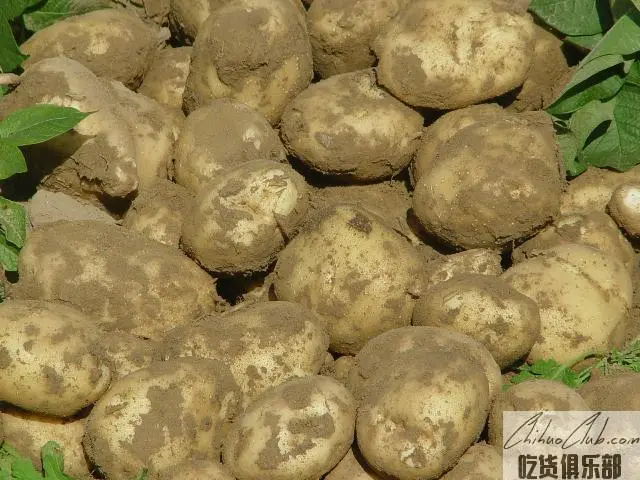
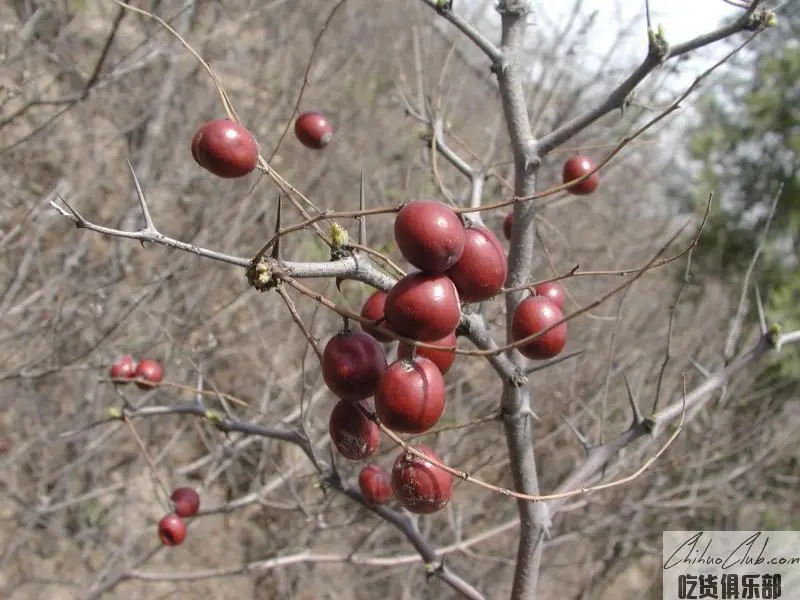
Yan'an jujube, a wild species from the Loess Plateau, is non-polluting and pollution-free, with high nutrient content and is known as the “natural vitamin pill”. It is a good dual-use dried fruit.
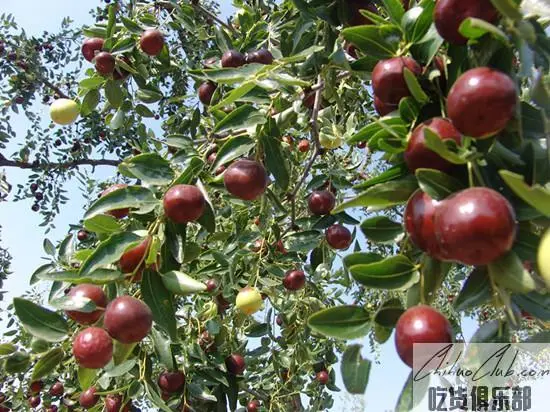
Jujube has a long history of cultivation in Yanchuan, and its unique geographical environment is very suitable for the growth of jujube. The red jujube produced is thick and small in core, high in quality and high in nutritional value. In particular, the quality of the dog's jujube, which is one of the varieties, is excellent, and it has won the “Post-Special Award” and praised by the North Korean leader.
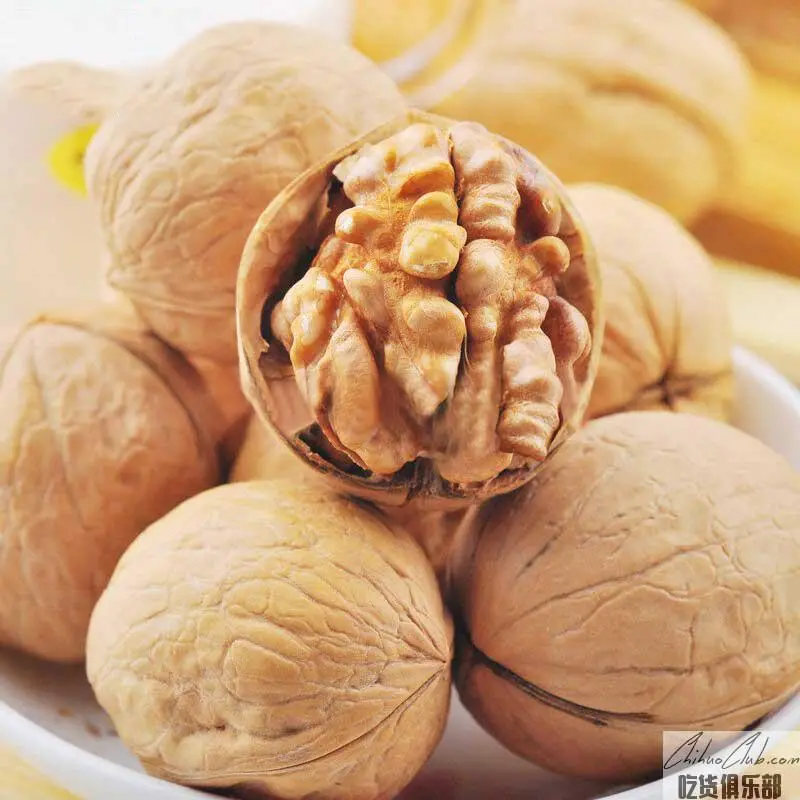
Huanglong Walnut is a specialty of Huanglong County, Yan'an City, Shaanxi Province. The local geographical environment is the best eugenic area suitable for the growth and development of walnuts. The huanglong walnuts produced are pure and fruity, with a large skin, a light, sweet, delicious and rich flavor. Loved by consumers.
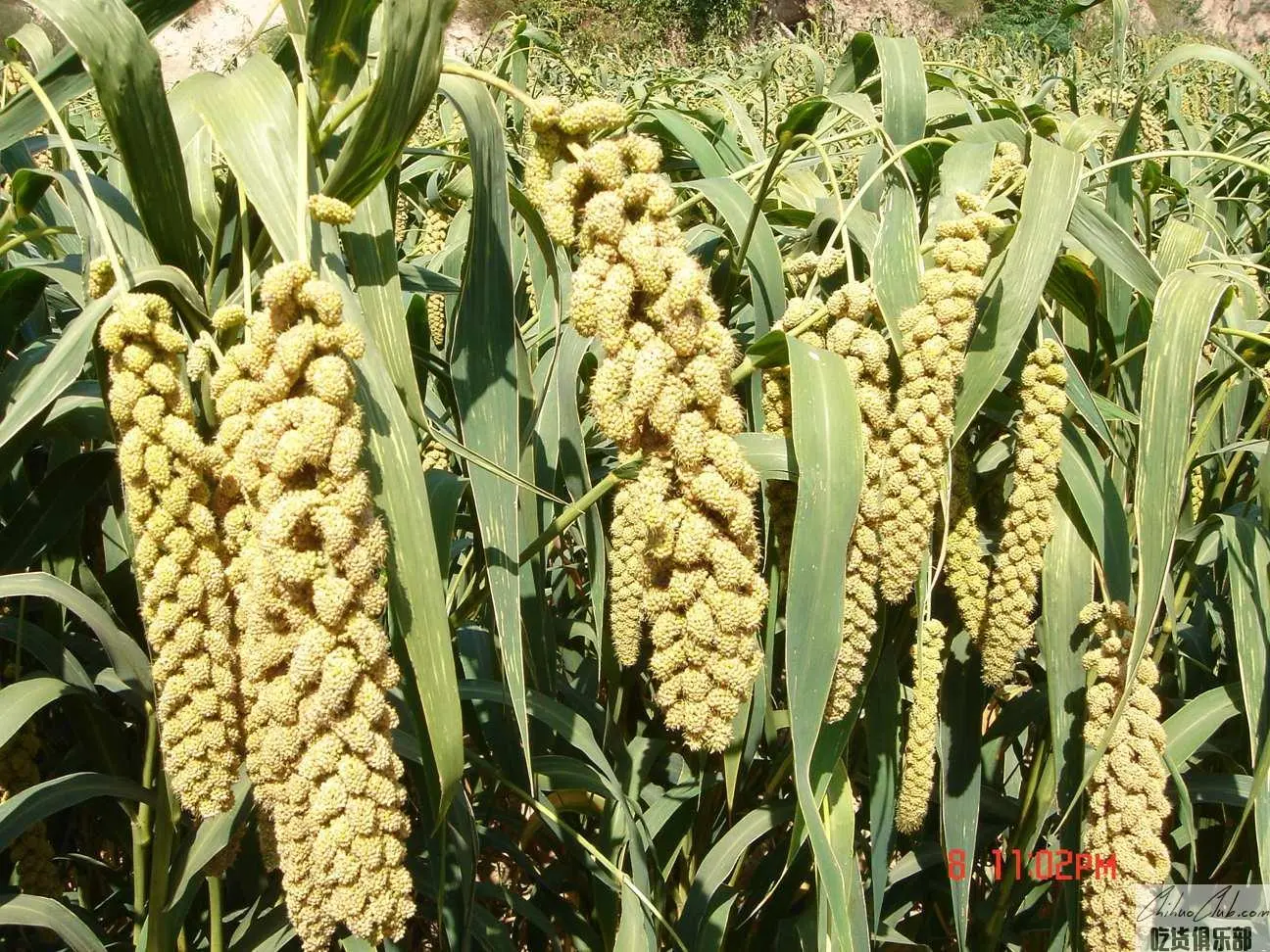
Ansai millet has a long history of planting. Millet is one of the oldest cultivated crops in China. The corns of the millet and the pottery jars in the Banpo Village site in Xi'an, Shaanxi Province, have been discovered for more than 6,000 years. Many archaeological data prove that in the early part of the Yangtze River, there were mainly crops such as alfalfa, millet and sorghum; In the middle and lower reaches and the southeast coast, rice production is the main area. This shows that in that era, the situation of the northern dry farming area and the southern paddy field has been formed.
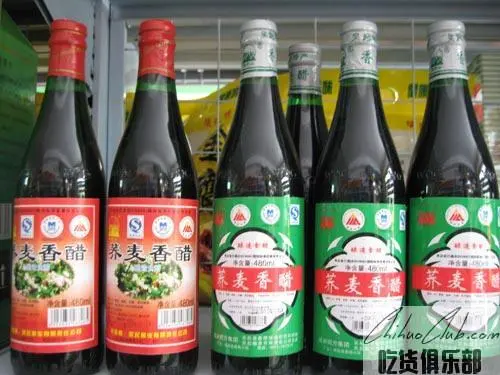
Wuqiqi Maixiang vinegar is a geographical indication certification mark and is produced in Wuqi County, Yan'an City, Shaanxi Province. It adopts the traditional brewing process of Wuqi County in Shaanxi Province, combined with modern microbial fermentation technology, using high-quality buckwheat and tartary buckwheat as the main raw materials, and refined with auxiliary materials. Its color is brown and bright, the vinegar tastes sweet and sweet, and the vinegar is rich and flavorful.
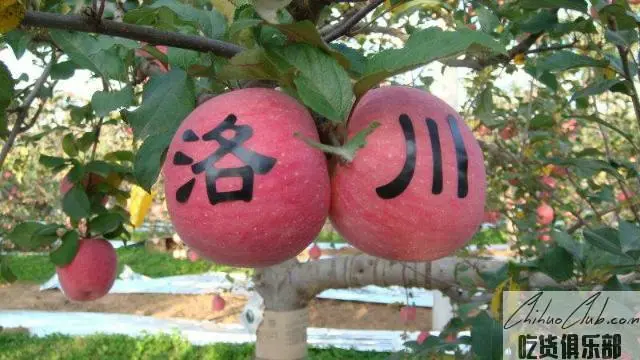

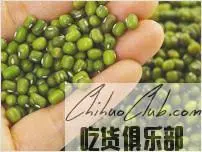
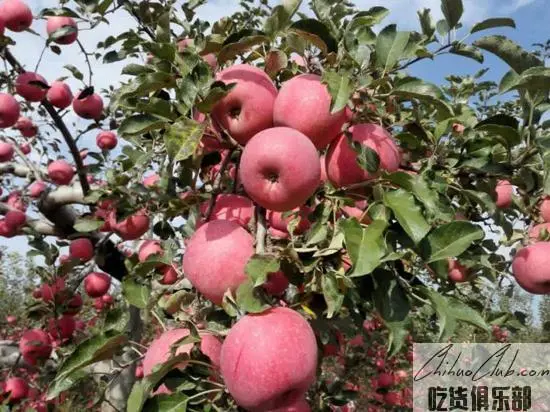
Due to the establishment of Chang'an, the capital of the Zhou, Han and Tang dynasties, Shaanxi has formed a national political, economic and cultural activity center very early. Therefore, the exotic flowers and fruits of the Quartet have also been introduced and cultivated. During the period of Emperor Wu of the Han Dynasty, the cultivation of fruit trees in Shaanxi entered its peak. The "Xijing Miscellanies" describes the fruit tree varieties of Shanglinyuan: "The group of ministers and distant fruits are dedicated to fruit trees... pear ten... jujube seven... Lisi four... peach ten... Li fifteen... 柰 three... plum Seven...Apricot II", which also records "... 柰 three, white peony, purple 柰 (flower purple), green 柰 (flower green)", that is, small apple or cotton apple. It is the same as the western apple that is cultivated now. After the Tang and Song Dynasties, sand fruit, honey fruit, red apple and white apple have been planted in Guanzhong and Shaanxi folk courtyards in Shaanxi. At present, the sea otters produced in Shenmu, Fugu and other places in Shaanxi have a wide variety and are widely distributed, and some have not yet left the original state.
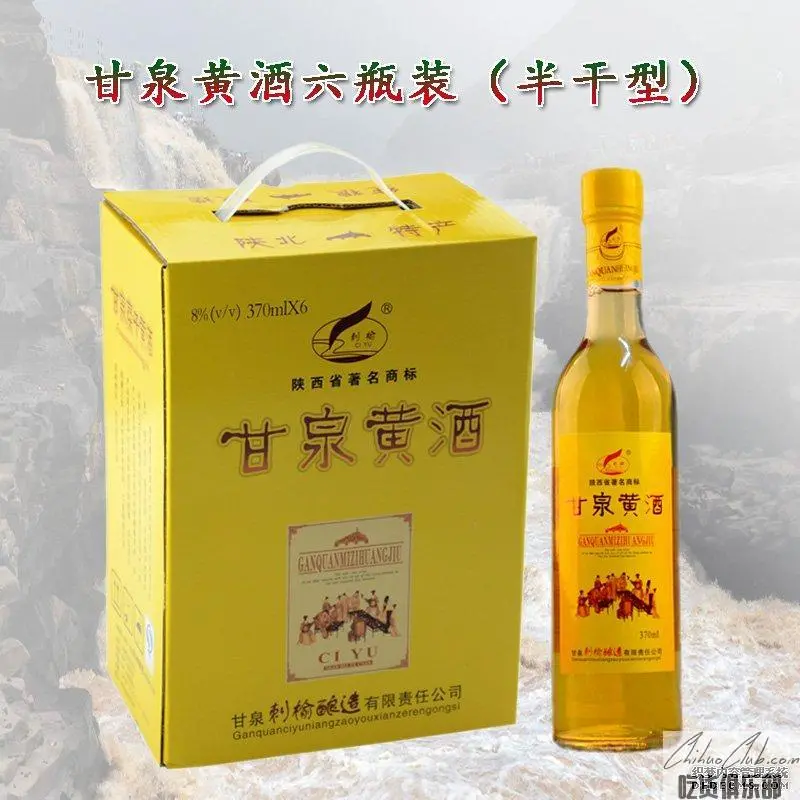
Shaanxi Yan'an specialty Ganquan yellow wine, Ganquan yellow wine is made from the natural spring water of Ganquan County and the soft scorpion which is unique to the Loess Plateau in northern Shaanxi.
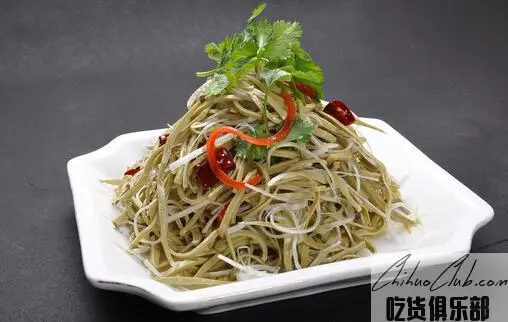
Ganquan bean curd, produced in Ganquan County, Yan'an City, Shaanxi Province, is a famous local snack. Ganquan tofu has been around for a long time. It was made from the general soybeans used in the past. Since the 1980s, it has been made from the famous soybean double green beans (green beans) in Yan'an.
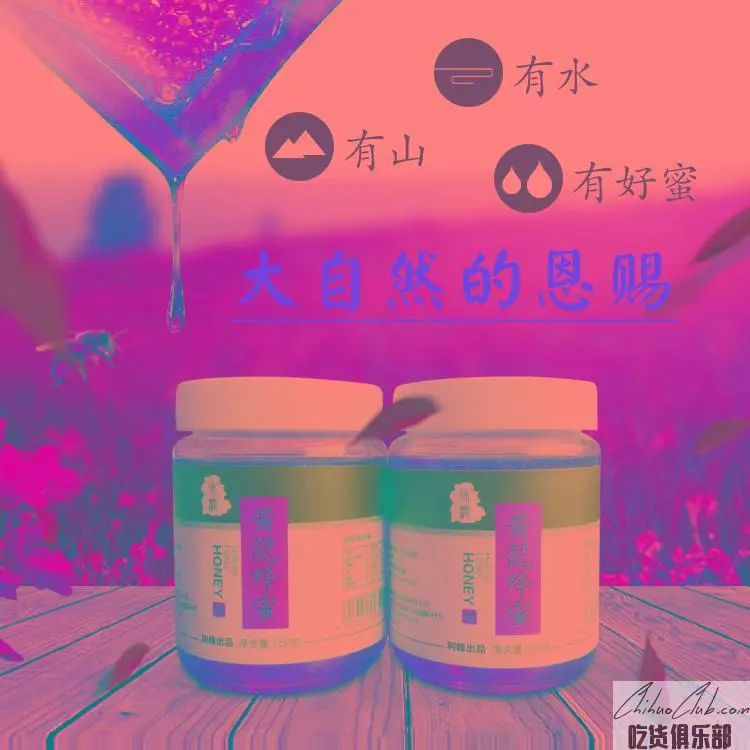
The wild soil honey from the original ecological forest of Huanglong County in Yan'an is made by the Chinese bee collecting more than 100 kinds of plants. The honey produced is golden in color, and the fragrance is very high. It is often crystalline and rich in protein and amino acids. , vitamins, minerals and active enzymes, is a natural organic food, has a strong health care function and a very high medicinal value, the locals used to call it "medicine honey." It is a mixture of royal jelly, pollen, beeswax, propolis and honey. It is ripe in spring and ripe, and only takes honey once a year. The yield is low.